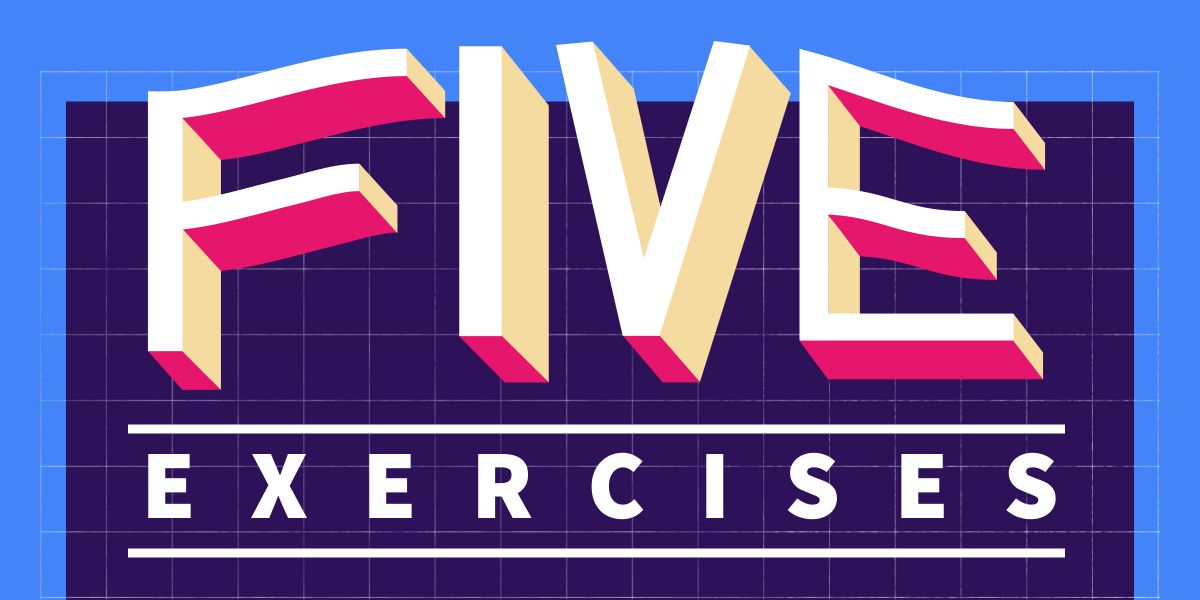Higher education’s overnight switch to online course delivery made it challenging for faculty members to replicate active learning remotely. For instructors who had little experience using in-class technology at scale, this was even more pronounced.
A 2019 Harvard study found that while students perceived traditional ‘sage-on-stage’ lecturing to be effective, their test scores were higher when active learning was woven into class. Ultimately, helping students see the value of their online learning materials means interspersing class with active learning strategies. Classrooms this fall will look different from campus to campus—some online classes will be self-paced, others will be in real-time; there will even be some physically distanced face-to-face offerings. Regardless of the learning environment, here’s how you can implement these active learning activities at scale.
1. Think-pair-share
In this active learning activity, students are given a statement or real-world case study to reflect upon. After a short period of time, students partner up and compare their findings and observations with one another. Pairs then present their results to the class. This exercise is ideal for encouraging collaborative learning.
| Synchronous online course | Asynchronous online course | Face-to-face classroom |
|---|---|---|
| Place students into breakout rooms and have them discuss with a partner or small group. Then, have them present their thoughts to the class. | Students can reflect individually and then share their findings with their partner in a discussion thread. Consider setting up a thread for this specific lecture or week so that students can share their results with the larger group. | Share the case study or question with students and allow five minutes for individual reflection. Next, encourage partners to jot down their thoughts and connections either using pen and paper or using an online document. After ten minutes, have students present their findings in front of the class. Try to ensure a microphone is present so all students can hear one another. |
2. Muddiest point
In this active learning activity, students note the most confusing part of the lecture or lesson, otherwise known as their ‘muddiest point.’ Instructors then use these insights to guide teaching decisions on how much time to spend on related topics. This exercise is ideal for monitoring and assessing understanding through online discussions.
| Synchronous online course | Asynchronous online course | Face-to-face classroom |
|---|---|---|
| Mid-way through class, encourage students to share what was unclear in the material you just covered. Have students submit their answers using Top Hat’s live chat. Students can upvote their peers’ responses making it easy for you to see what topics proved difficult. Top Hat discussion questions are equally effective—students can post their response and upvote other threads under the question. | Video assignments allow students to record and submit video submissions in Top Hat from their computer. When grading assignments, you can provide personalized feedback. This method should be optional to keep the learning experience equitable for everyone. | For classes of 30 or less, have students write their response on a Post-it note. While practicing physical distancing, ask students to stick their note on a wall or blackboard where themes or anticipated answers have been indicated by you in advance. This also provides a visual representation of how many students need support in a certain area. |
3. Concept maps
Using flowcharts, students visually represent course information using lines and arrows. Students indicate how material relates to other concepts and how ideas are linked to one another. This learning activity is ideal for strengthening understanding and critical thinking.
| Synchronous online course | Asynchronous online course | Face-to-face classroom |
|---|---|---|
| Using Top Hat’s Virtual Classroom and whiteboard features, draw directly on blank slides to show how ideas link together. Students can ‘raise their hands’ via live chat and by sharing the stage with them, they can contribute thoughts on how concepts are related. Note that only you will have access to the annotation tool. Once you’ve guided students through one example, consider assigning this as homework and having students submit a more detailed map asynchronously via Top Hat or your LMS. | An LMS like WizIQ offers interactive whiteboard software for students to draw, highlight and annotate files on their own time. Students can then download their files and submit via the LMS or via Top Hat’s new file submission question. | Have students split into groups of three or four. Assign a designated person to take on the role of scribe, while all members contribute ideas from a safe distance. This exercise works best when large chart paper or a whiteboard is present in the room. |
4. Four corners
In this active learning activity, faculty members share a provocative question or statement related to the course material with students. Students can answer in four possible ways including ‘agree,’ ‘neutral,’ ‘disagree,’ or ‘not sure.’ After the statement is presented, students select one of four options and engage in a group discussion with others who chose the same answer. Four corners works best with small groups or in tutorials. This learning activity is ideal for strengthening listening and decision making. Students also have a chance to hear different perspectives through collaborative learning.
| Synchronous online course | Asynchronous online course | Face-to-face classroom |
|---|---|---|
| In Top Hat’s Virtual Classroom, present a statement verbally or via the chat feature. Give students a minute to form their opinions and then ask a multiple choice question and have them vote between the four options. From here, encourage groups to video conference in Top Hat Community according to their chosen response. Allow five minutes of discussion before reconvening as a class. | Create a discussion question in Top Hat and ask students to respond accordingly. Multiple choice and click on target question types are also suitable here. Should you choose to tie this to a course reading or larger lesson, consider integrating one of these question types into homework assignments. | Pose the statement or question in class. Designate each corner of the room as one of the categories set out. Give students a minute to settle on an answer. While practicing physical distancing, students can go to the corner of the room that reflects their answer and discuss with others why they thought a certain way. |
5. Exit ticket
In this active learning activity, faculty members pose a question to students minutes before the end of class. In order to leave class, students must submit their answer to the assigned question. Exit tickets are a low-stakes way for instructors to refine course content based on what students do and don’t know. This learning technique is ideal for strengthening understanding.
| Synchronous online course | Asynchronous online course | Face-to-face classroom |
|---|---|---|
| Create a discussion question prior to class. In your live class using Top Hat’s Virtual Classroom tool, give students the last five to 10 minutes to formulate their answers to your assigned question. Responses to the discussion question will be tracked and stored in the Top Hat gradebook. | Create a discussion question in Top Hat. Have students submit their responses at their convenience. With discussions, you can comment directly under the thread to give students input on where they excelled or struggled. | In small class sessions, have students write their response on a Post-it note. Depending on the size of your classroom, have 2–5 students at a time stick their note on a wall or blackboard to maintain physical distancing. |
The fall semester will look different from professor to professor—Top Hat is here to help in any in-person or online environment. Learn how three professors used Top Hat’s active learning functionality in various modalities in our Preparing for Multiple Teaching Scenarios with Top Hat Pro webinar recording.


